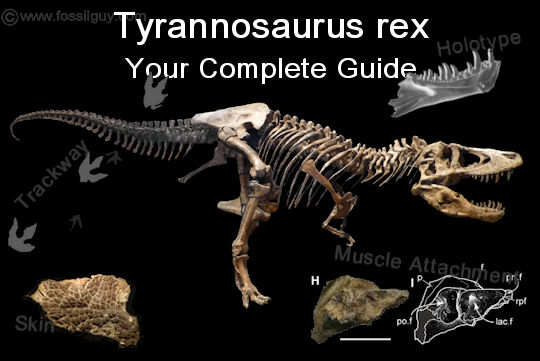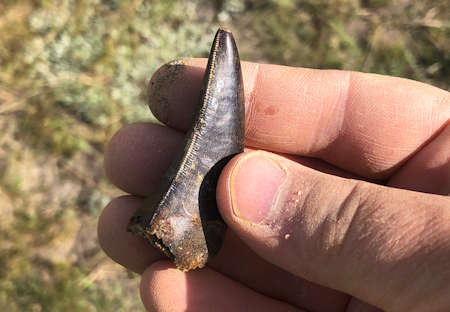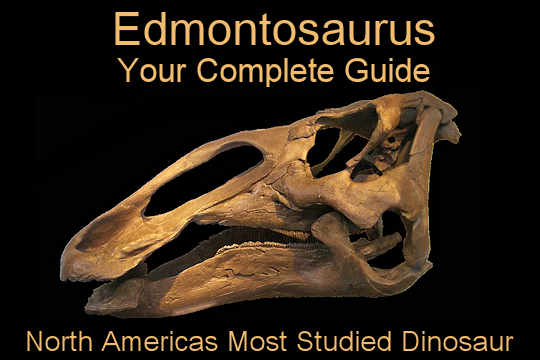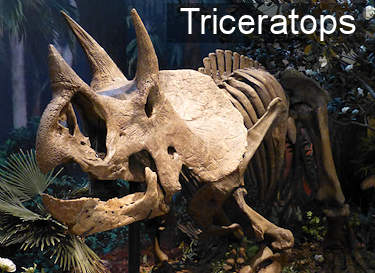Paleontology News
Video from the Royal Tyrrell Museum discussing the discovery
For the first time, a fossilized tyrannosaur has been found with stomach contents preserved in place. Partial remains of two small dinosaurs were discovered inside the stomach cavity of a Gorgosaurus specimen from Dinosaur Provincial Park. Check out this video for details! pic.twitter.com/CiFaS76hKs
— Royal Tyrrell Museum of Palaeontology (@RoyalTyrrell) December 8, 2023
Chicken Legs? The Preservation of a Juvenile Tyrannosaurid's Last Meal
The remarkable preservation of two sets of Citipes thropod legs in a juvenile Gorgosaurus.
Summary Points

Figure 2A from Francois Therrien et al., 2023- Science Advances - showing the outlines of the two Citipes specimens and the Gorgosaurus specimen highlighting the articulated bones found.
Unprecedented find: Stomach contents from a juvenile Tyrannosaurid reveal its last meals, offering glimpses into its diet.
Citipes legs: The remains two sets of legs from turkey-sized feathered theropods called Citipes were found in the stomach.
Shifting menu: The juvenile Gorgosaurus meals suggest dietary changes as they aged.
Coexistence achieved: Juveniles and adult Tyrannosaurids likely cohabited without conflict thanks to their different food preferences.
Evolutionary triumph: Dietary flexibility may have played a key role in their success as apex predators.
Chicken Legs? The Preservation of a Juvenile Tyrannosaurid's Last Meal
This news article is based on a release by the Royal Tyrrell Museum of Paleontology - December 8, 2023, and the Open Access (CC BY 4.0) Journal Article (Francois Therrien et al., 2023) from Science Advances.

Figure 1B from Francois Therrien et al., 2023- Science Advances - showing the showing an anteriolateral view of the fossils with the preserved stomach contents highlighted in the red box.
In a groundbreaking discovery, the first preserved stomach contents have been found in a Tyrannosaurid. This apex predator, a Gorgosaurus libratus, lived in Western North America during the Cretaceous period. Notably, Gorgosaurus predates the iconic Tyrannosaurus Rex by roughly 10 million years and was slightly smaller in stature. Leading the research on this remarkable fossil were Francois Therrien and Darla Zelenitsky, whose findings offer invaluable insights into the dietary habits of these ancient predators.
Discovered in Dinosaur Provincial Park, Alberta, the remarkable fossil was unearthed by the Royal Tyrrell Museum in 2009. However, it wasn't until during preparation that technician Darren Tanke made a startling discovery: tiny toe bones nestled within the Gorgosaurus' ribcage. Following careful preparation, it was revealed the Gorgosaurus had its last meals preserved within its gut, containing two sets of legs from turkey-sized feathered theropods known as Citipes elegans. Darla Zelenitsky, says "This is a once-in-a-career fossil."
This incredible find marks the first time stomach contents have been found in any tyrannosaurid, offering a unique glimpse into the diet of these apex predators. The two Citipes individuals were approximately a year old and were consumed within a week of the Gorgosaurus dying. Zelenitsky also noted that varying degrees of bone digestion between individuals show they were consumed at separate times, within hours or days of each other. Did this Gorgosaurus have a preference for Citipes legs?
By analyzing the femur length of the Gorgosaurus, researchers determined it was a juvenile weighing around 700 pounds and aged between 5 and 7 years old. This represents only 13% of the mass of a fully grown Gorgosaurus, which, like an adult T-Rex, was robust and possessed a bone-crushing bite. These formidable predators are believed to have hunted large animals such as duck-billed dinosaurs and ceratopsians.
However, before reaching their colossal size, juveniles were built much lighter and lacked the powerful bite of their adult counterparts. This led paleontologists to believe that juveniles underwent a dietary shift, favoring smaller prey during their youth before transitioning to larger prey as adults. Until this discovery, such a dietary shift remained purely theoretical. Now, paleontologists have tangible evidence that the diets of Tyrannosaurids like Gorgosaurus changed significantly as they aged, offering valuable insights into their developmental and ecological roles within the Cretaceous ecosystem.
Such dietary shifts offer a crucial competitive advantage by minimizing intraspecific competition for limited resources. This dynamic likely played a key role in enabling juvenile and adult Tyrannosaurids to coexist within the same environment without conflict, ultimately contributing to their remarkable evolutionary success as some of the largest carnivorous theropods the Earth has ever known.

Figure 3 from Francois Therrien et al., 2023- Science Advances - showing the details of the stomach contents. White are bones from the Gorgosaurus, Green shades are one Citipes specimen, while Blue shades are the other.
Journal Article:
Francois Therrien et al. Exceptionally preserved stomach contents of a young tyrannosaurid reveal an ontogenetic dietary shift in an iconic extinct predator. Sci. Adv.9,eadi0505(2023). DOI:10.1126/sciadv.adi0505
Recommended Dinosaur Books and Educational Items:

High quality Dinosaur teeth by Fossilera













